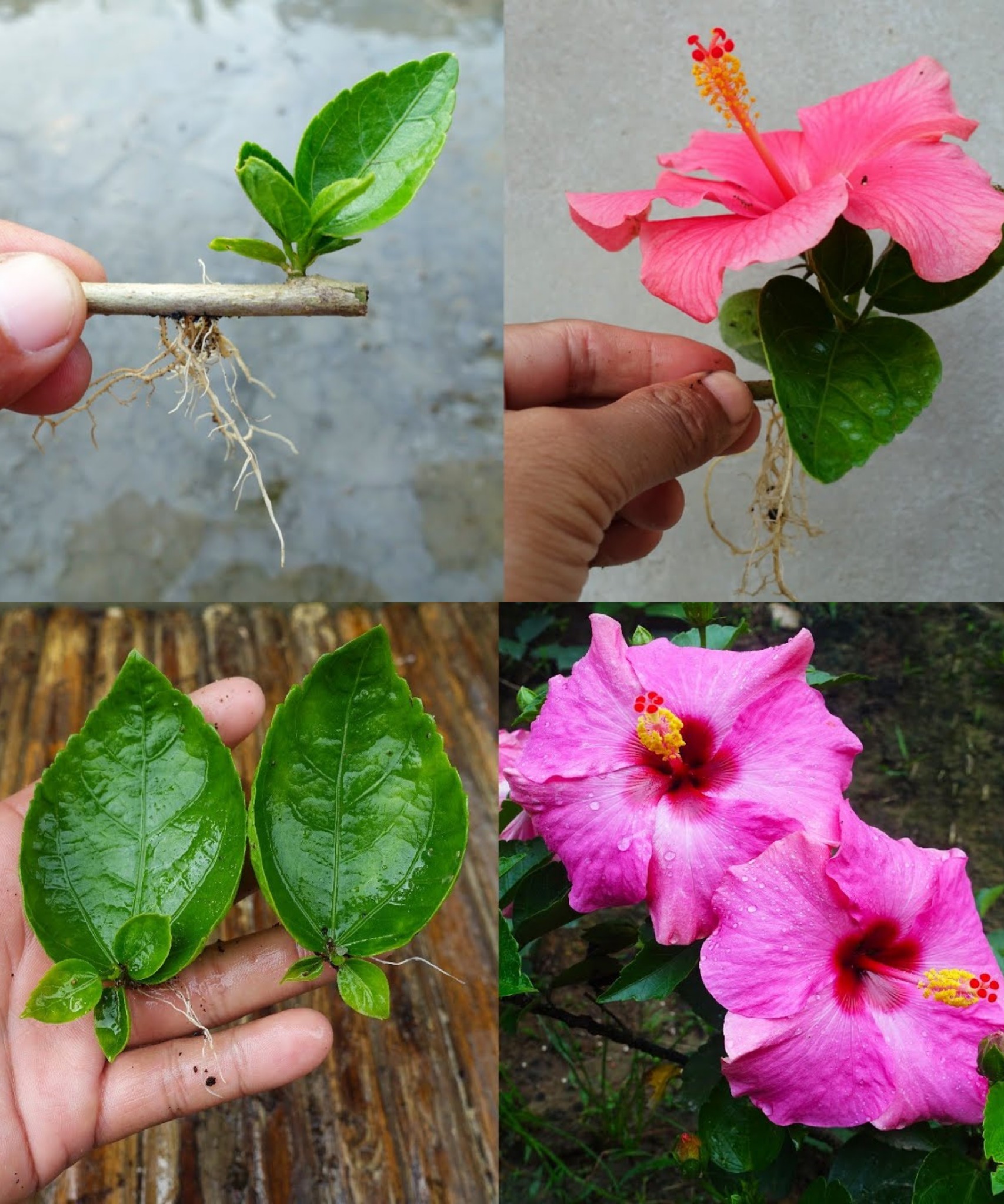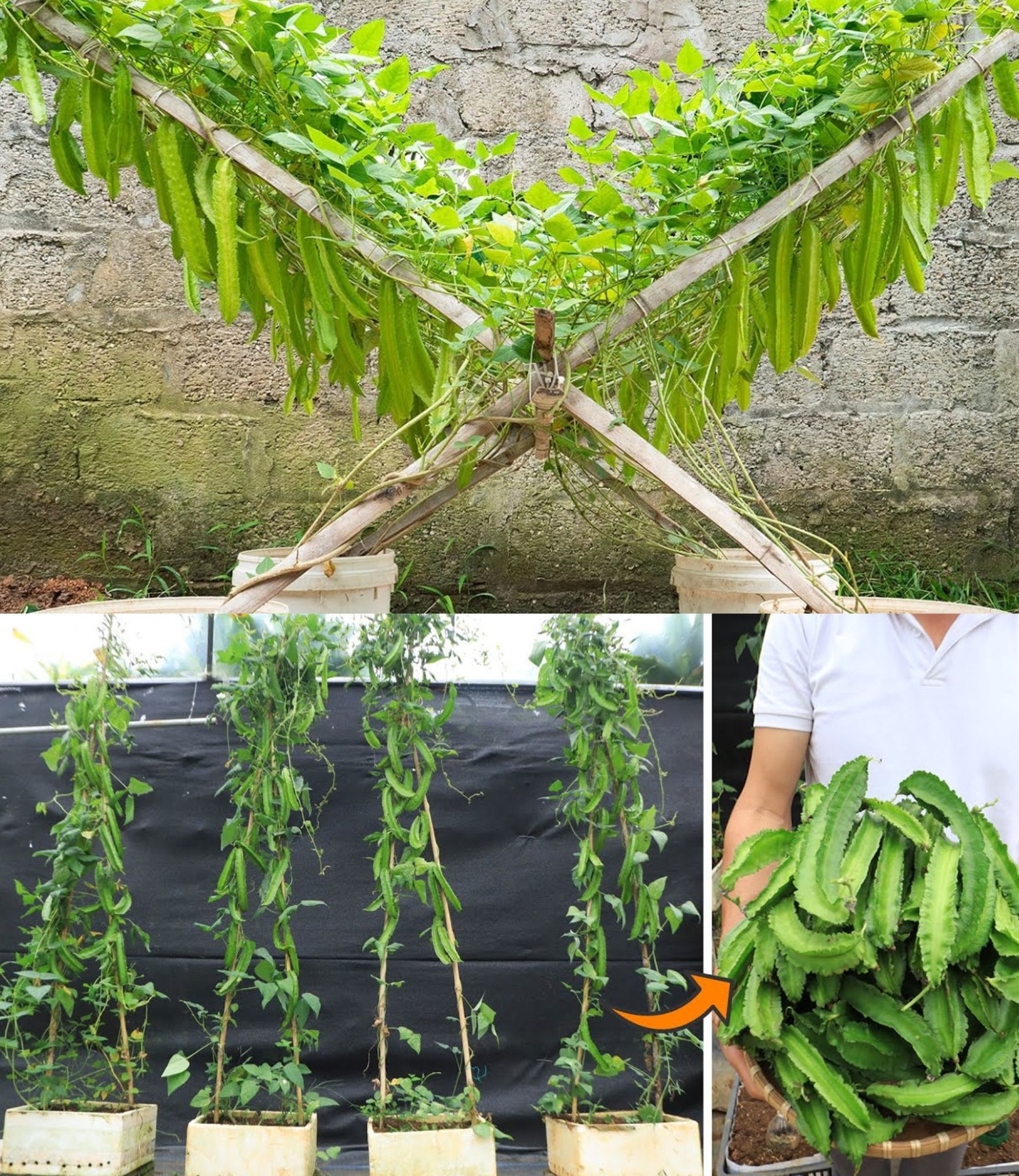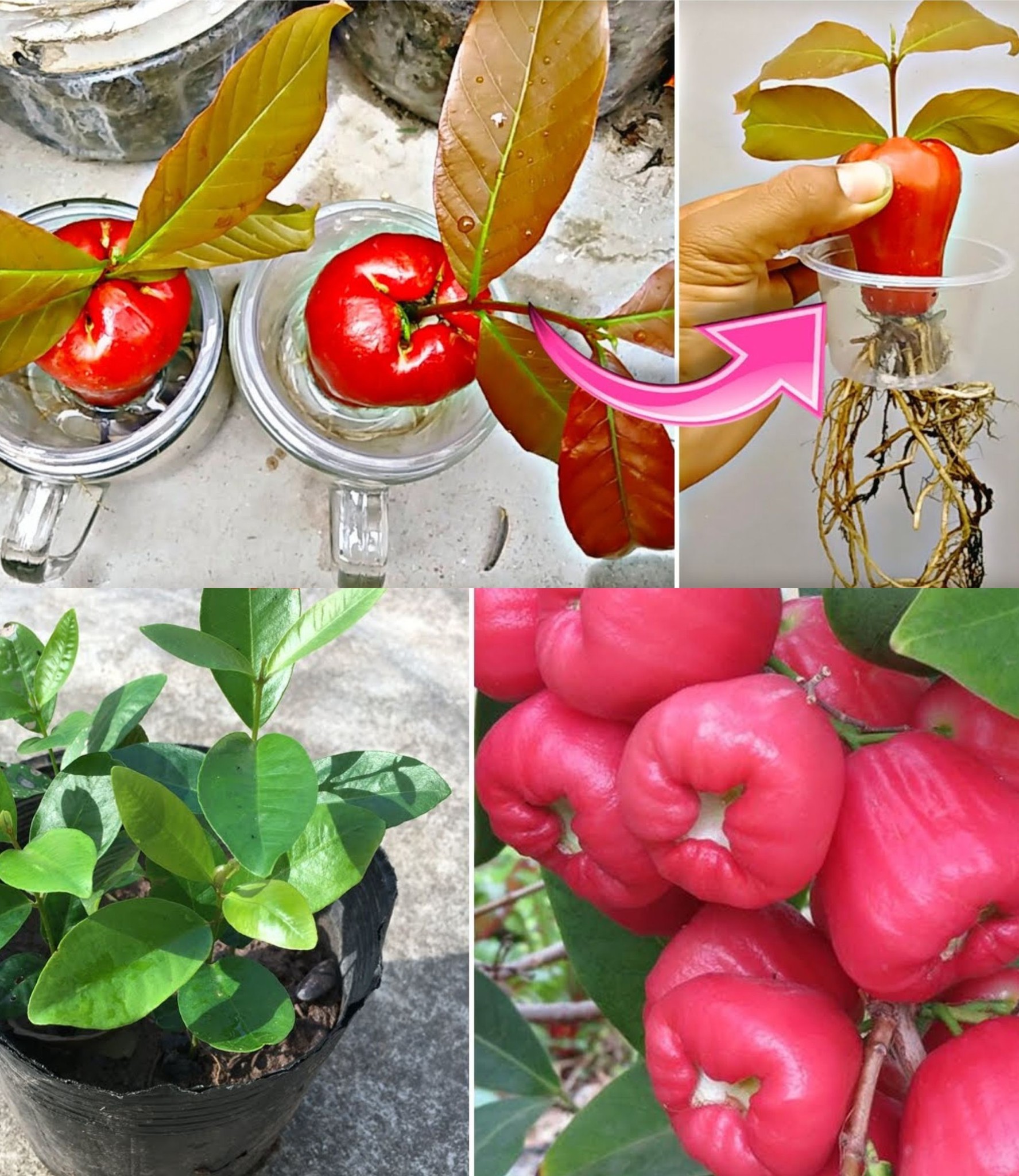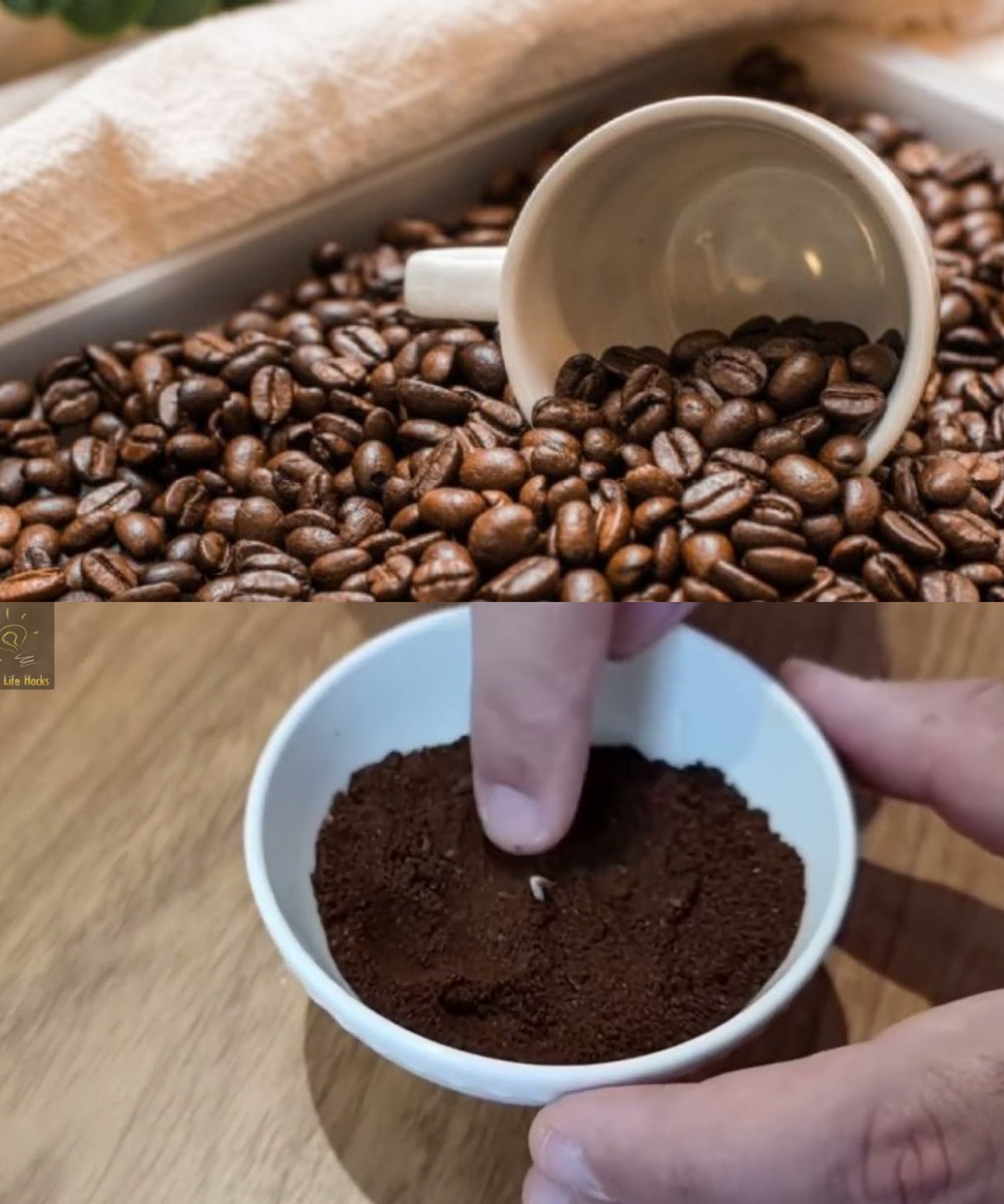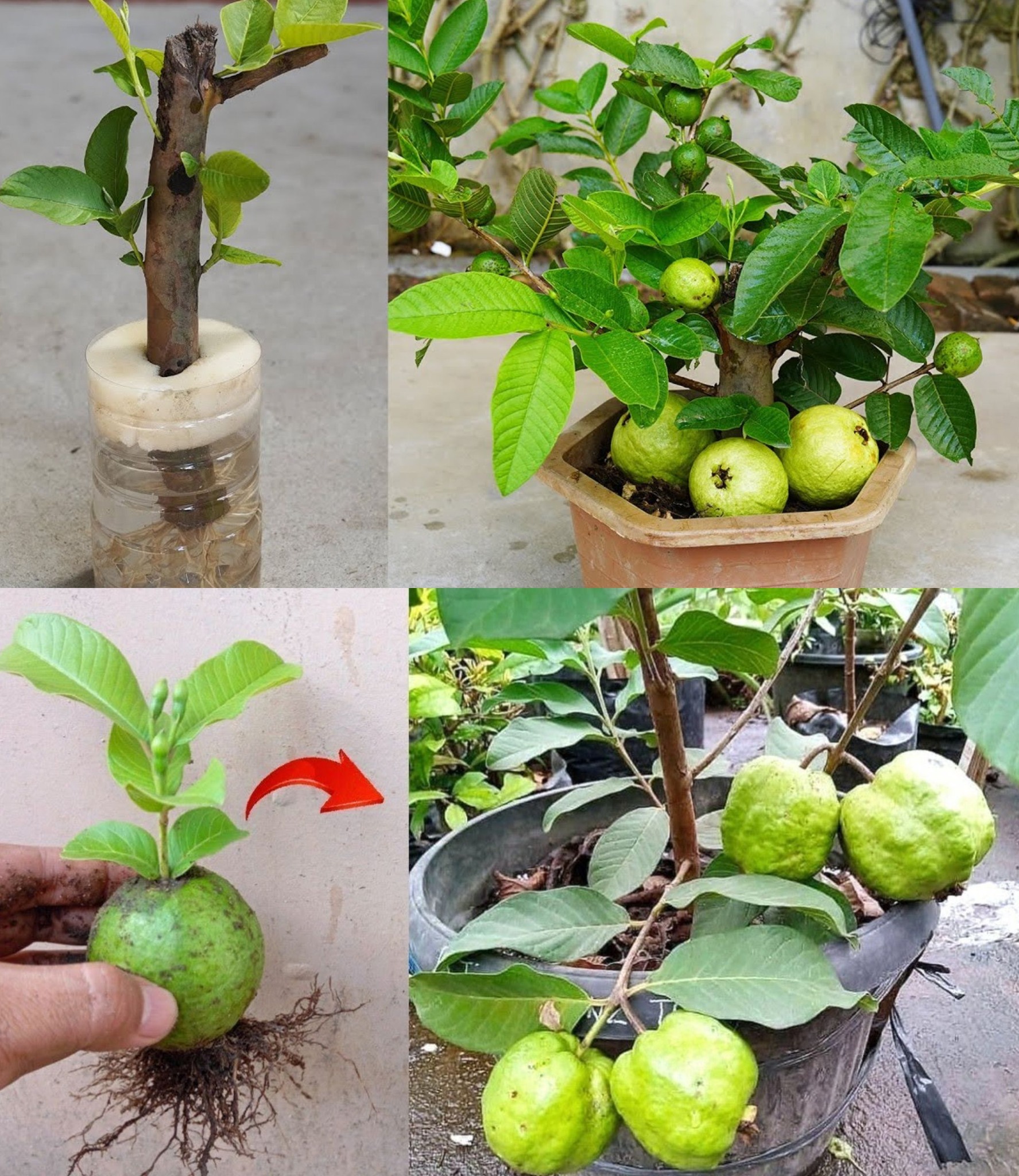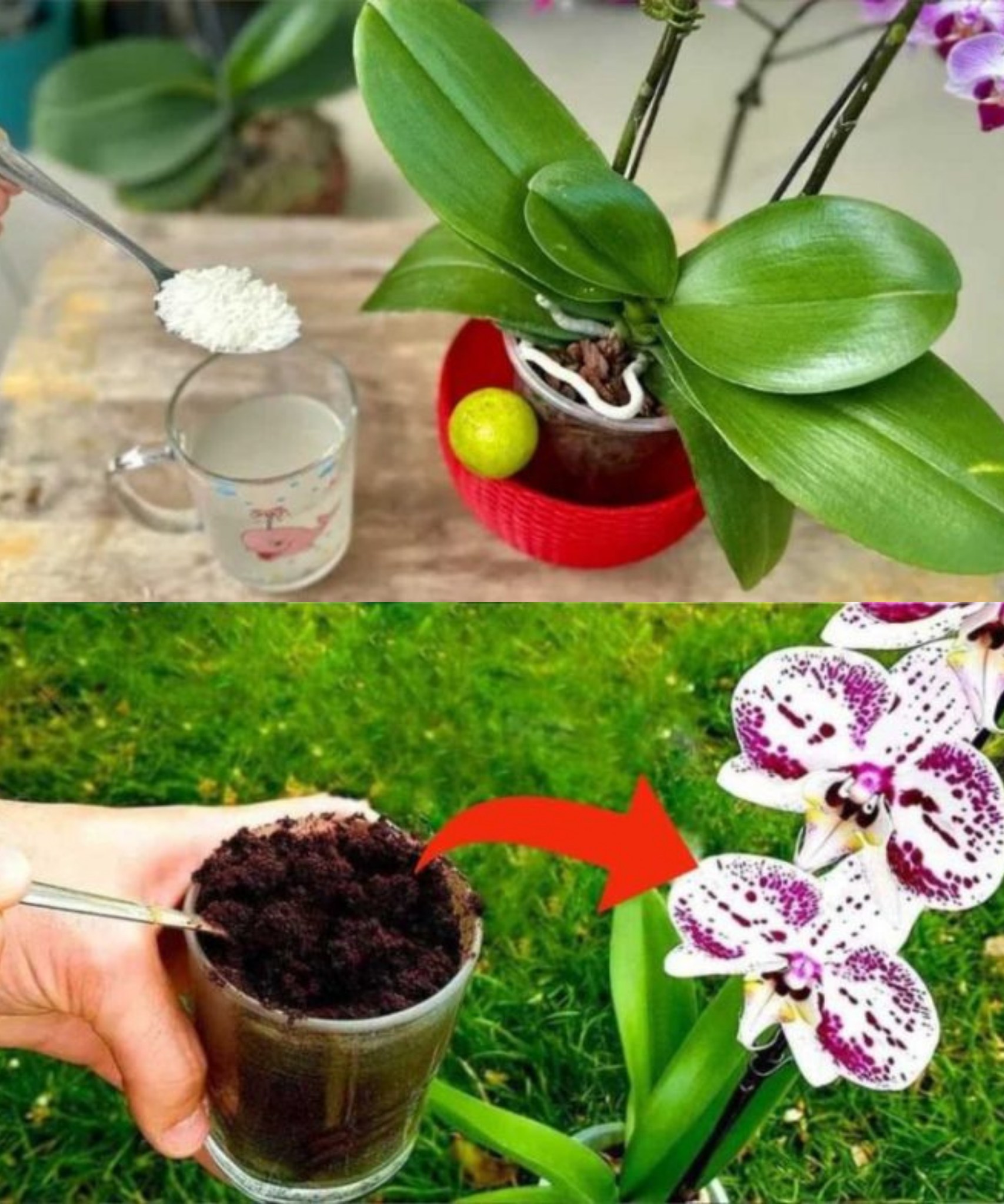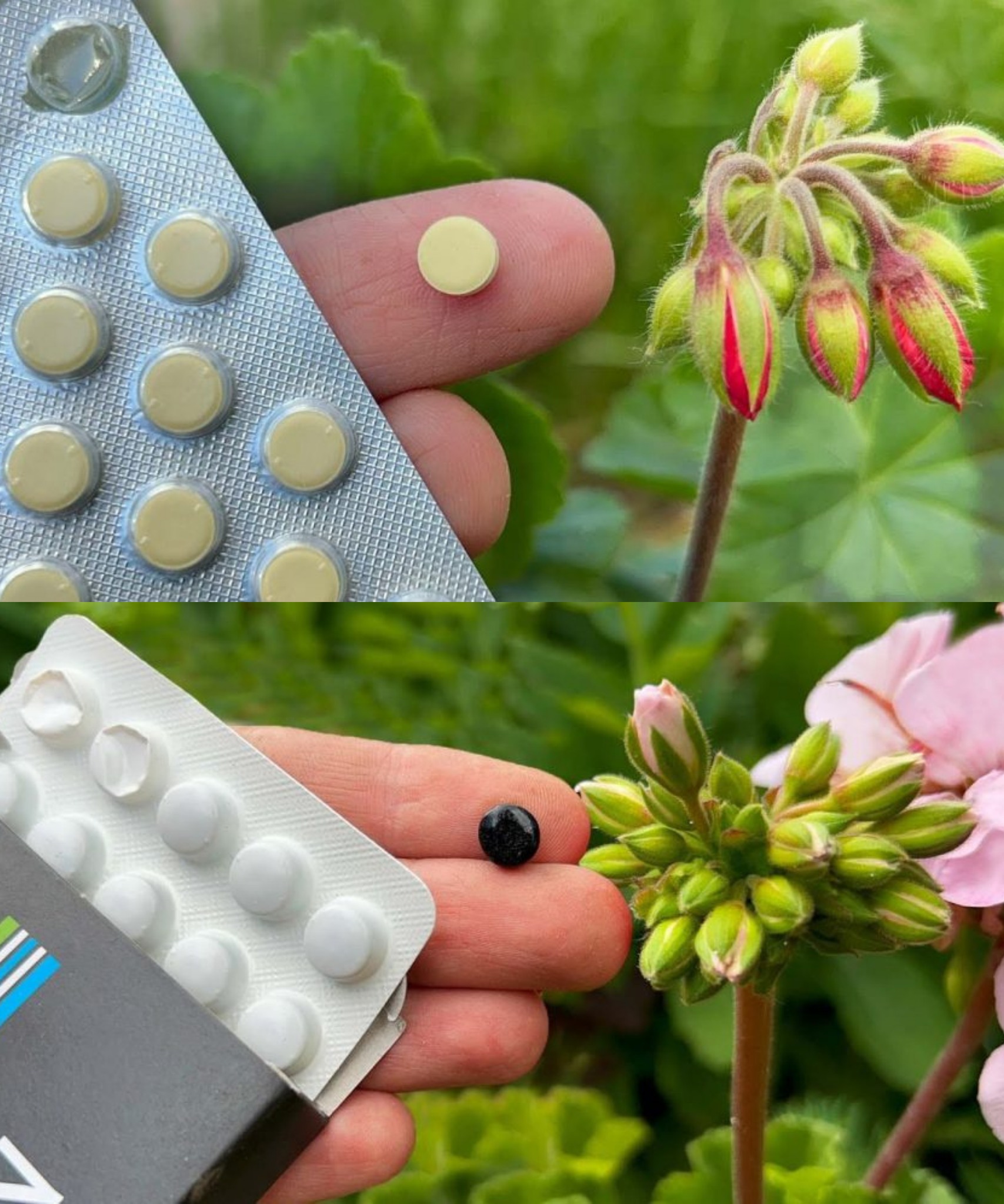How to Easily Grow Dieffenbachia from Cuttings Propagate Your Own Dumb Cane!🌱
Dieffenbachia, commonly known as dumb cane, is a popular and beautiful houseplant admired for its lush foliage and easy maintenance. If you’re looking to expand your indoor garden without spending a fortune, propagating dieffenbachia from cuttings is a simple and rewarding process. Here’s a step-by-step guide to help you propagate your very own dumb cane:
- Selecting the Right Cutting: Look for a healthy and mature dieffenbachia plant with sturdy stems. Choose a stem that is about 4-6 inches long and has several leaves. Make sure it’s free from any signs of disease or pests.
- Preparation: Using a clean pair of pruning shears, carefully cut the stem just below a leaf node. A leaf node is where a leaf meets the stem. This is where the roots will emerge from.
- Remove Lower Leaves: Remove the lower leaves from the cutting, leaving only a few leaves at the top. This will help direct the plant’s energy towards root development.
- Optional Rooting Hormone: While not necessary, applying a rooting hormone to the cut end of the stem can encourage quicker root growth. Simply dip the cut end into the hormone powder or gel according to the product instructions.
- Planting the Cutting: Fill a small pot with well-draining potting mix. Make a hole in the center of the soil using your finger or a pencil and gently insert the cutting into the hole. Firm the soil around the cutting to provide support.
- Provide Adequate Care: Place the pot in a warm, bright location away from direct sunlight. Keep the soil consistently moist but not waterlogged. You can cover the pot with a clear plastic bag or a glass jar to create a humid environment, which will promote root development.
- Monitor Growth: Within a few weeks, you should start to see new growth emerging from the cutting. This indicates that roots have formed and the cutting has successfully propagated.
- Transplanting: Once the cutting has established a healthy root system and is actively growing, you can transplant it into a larger pot with regular potting soil. Continue to care for it as you would with a mature dieffenbachia plant.
By following these simple steps, you can easily propagate dieffenbachia from cuttings and expand your indoor garden with beautiful new plants. Enjoy watching your dumb cane thrive and bring natural beauty into your home!


